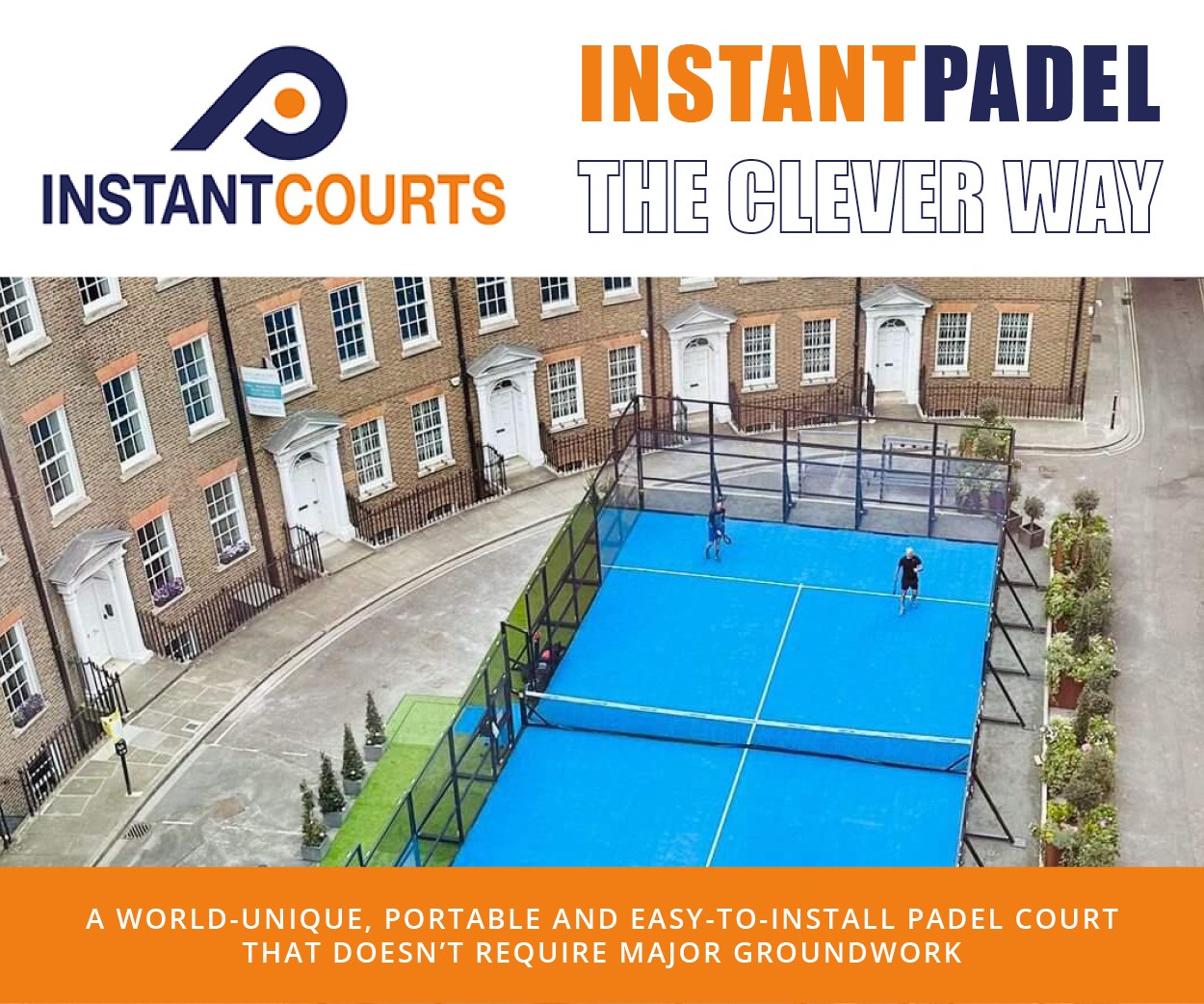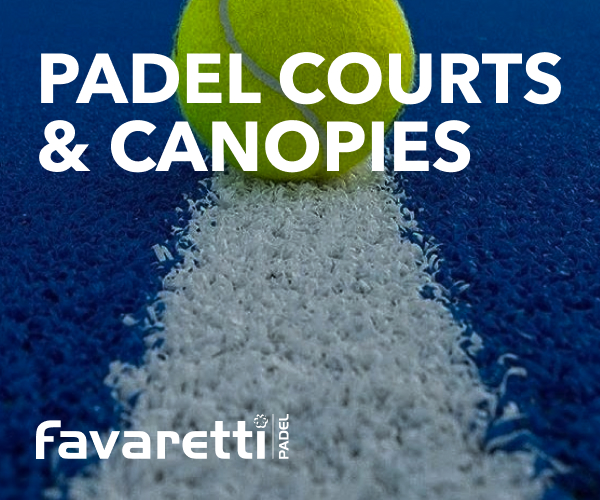If you haven’t been bitten by the padel bug yet, then you’re missing out! Padel is one of the fastest-growing racket sports in the world and many people are migrating from tennis, squash or badminton – or even if they’ve never played rackets sports at all.
Many consider padel to be a mash-up of tennis and squash, due to the enclosed court and the fact you can hit the ball off the back and side glass walls.
It’s estimated that there are 25 million active padel players worldwide, with an annual growth rate of around 25%. Here, we provide an introduction to the differences between padel and tennis, and share some insight into how this amazing sport works.
Differences between padel and tennis explained
Padel is growing so fast due to the exciting gameplay, extensive media coverage and the fact that more countries are investing in creating padel courts and facilities. Padel has not really featured at many sportsbooks yet, whereas you can find events like Wimbledon and other Grand Slams at most sportsbooks.
Indeed, tennis has some of the best coverage available at sportsbooks, as you can usually bet on all ATP and WTA 250 and 500 tournaments. As padel’s explosion continues, it should start to feature at more sportsbooks and become more visible in betting and to general sports fans.
Until that happens, we can start by looking at the differences between padel and tennis. From the outside, the games might seem similar, as they are both racket sports, but there are major differences that completely change how each game plays.
1. The racket
I like to think of padel rackets as oversized table tennis bats – they have a similarly shaped head, a short handle and no strings. This contrasts directly with the iconic shape and configuration of tennis rackets, which have a long handle and a stringed head.
In terms of materials, padel rackets have a foam core that is often protected by an outer casing made with strong but light materials like carbon fibre.
Due to the lack of strings, padel players rely more on shot accuracy and control, as opposed to brute strength and power. Power is important, though – the tension in tennis racket strings allows you to generate more powerful shots with less effort, while the flat surface of the padel racket requires that you exert more force to achieve the same results.
2. The court
If you’ve ever seen a padel court, you know the difference. Yes, many tennis courts are “enclosed” but this has no impact on gameplay as you have to play strictly within the playing lines of the court.
Padel courts are enclosed, but you use this enclosure as part of your gameplay. You can hit the ball off the glass walls (but not off the grill to to each side). In terms of size, padel courts are 20×10 metres, which is around 33% smaller than a tennis court – more comparable to a badminton court.
The only way you can hit the ball out of play in padel is if you hit it over the enclosed court, whereas in tennis, you can hit the ball out if you hit it outside of the playing lines for singles or doubles.
3. The ball
Tennis balls and padel balls look especially similar, and indeed they are roughly the same size and the same bright colour is typically used. There are some slight differences, though. If you are a tennis player, you will immediately notice a difference in terms of bounciness and density:
| Property | Tennis ball | Padel ball |
| Size (diameter) | 6.54-6.86cm | 6.35-6.77cm |
| Weight | 56.7-58.5g | 56-59.5g |
| Internal pressure | 14psi | 10-11psi |
The main difference here is the internal pressure – padel balls have less pressure, which means they move slower and don’t bounce as high. As a result, you typically need more force to generate the same power shots as in tennis.
4. The net
I know that the nets for tennis and padel look incredibly similar, but there are height differences, and this does make a difference to gameplay and shot selection. Standard tennis net dimensions are:
● Height at the posts: 3ft 6 inches / 106.7cm.
● Height at the center: 3ft / 91.4cm.
In comparison, the official Padel net details are as follows:
● Height at the posts: 3ft / 91.4cm.
● Height at the centre: 2ft 10 inches / 88cm.
5. How to win a point
Winning a point in tennis is relatively simple – you win a point if one of the following happens:
● The ball bounces twice on your opponent’s side.
● Your opponent hits it over the net, but the first bounce is outside the play lines.
● Your opponent fails to hit it over the net at all.
● The ball hits your opponent.
We all understand this, and indeed, padel has similar rules, but there are differences. In padel, you win a point if one of the following happens:
● The ball bounces more than once on your opponent’s side.
● Your opponent hits the ball into their side of the court.
● The ball hits your opponent.
● The opponent hits the ball outside of the playing area without it bouncing.
● The opponent hits the ball against your wall without it bouncing first.
● The opponent hits the ball into the net.
So, you essentially have the same premise as tennis, with the main point being the ball isn’t allowed to bounce twice. However, with padel, you have added wall interactions and playing area restrictions.
Why not give padel a try today and see the differences for yourself?
I hope you’ve found this article on the differences between tennis and padel enjoyable. If you’ve never played racket sports before, you’ll quickly be able to grasp the basics of padel and get started. Alternatively, if you’re experienced with tennis, squash, or badminton, you’ll find the transition easier, and you’ll love the different challenges that padel presents.
The future of the sport looks bright as the FIP Padel Tour continues to grow, and more people are playing it worldwide as an alternative or in addition to other racket sports. Why not check out where your local padel club is and give it a go shortly?










































